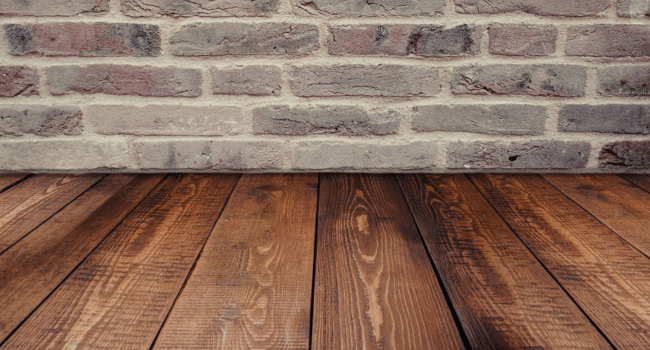Table of Contents
When you’re getting ready to undertake a home project, it’s tempting to grab the lowest-cost flooring that you can get. Who doesn’t want to save a buck? Hold up for a second and consider it. Have you ever stopped to consider what “cheap” actually winds up costing you in the end?
This piece is going to walk you through the not-so-secret secrets of affordable floor coverings and why being smart with your wallet will keep you from getting yourself into bigger headaches down the line.
Cheaper Flooring Tastes Fine For a While
Laminate, vinyl, or affordable tiles can entirely transform the room at one go. But the trial by fire happens within a few months when it’s put in place. Low-quality materials fall apart sooner. They get scratched, stained, and lose luster over a while under use. You’d be repairing them or replacing them all around before you know it. Therefore, though the initial expenditure is low, the ultimate bill really accumulates quickly.
When designing a new area, particularly in wet or traffic areas, don’t simply pay attention to appearances. Inquire about the lifespan of the material, how much maintenance it requires, and how resistant it is to moisture.
Moisture Damage Is the Silent Destroyer
One of the greatest threats to cheap flooring is water. Regardless of whether it’s from spills, dampness, or leaks, water gets into cracks and results in warping, swelling, or mold growth.
That is where polyurea waterproofing steps in as a vital component. This modern-age coating prevents water from penetrating floors, particularly on areas such as bathrooms, basements, and kitchens. Investing in good-quality waterproofing prior to flooring installation saves you from shelling out for pricey replacements and health issues due to mold.
When construction chemicals are utilized to seal and coat, the whole flooring system is strengthened and water-damage-proofed. Forgetting to include these protective measures is one of the most common errors made by homeowners when trying to save some money.
The Hidden Cost of Poor Installation
No matter how good the material is, a poor installer can ruin your flooring. Poor leveling, unevenly applied adhesive, and leaks all lead to cracks and gaps. Tiny flaws might not be noticed at first but will be very expensive down the line.
Those are the things that you need to do to make your flooring last. Always ask for credentials, read reviews, and inquire about warranties before you commit to hiring someone.
Maintenance Costs Add Up Quickly
Cheap flooring must be cleaned perpetually, buffed, and repaired. Some even require special cleaners that become their own value someday. You might save a buck or two upfront, but you’ll be repairing damage and dinginess for generations.
Better flooring that is well sealed and cared for reduces your maintenance cost and time by half. It is cleaner, more resistant to stains, and can last just as long without losing its look.
Wrapping Up
Affordable flooring can repay itself today, but tomorrow it could cost the bank. Don’t let it. Invest smart by employing quality materials, quality subcontractors, and quality floor protection systems. The lowest price in home construction often is not the greatest value. Always construct with quality, and your floors will never have to be replaced.
Image Source: Pexels
